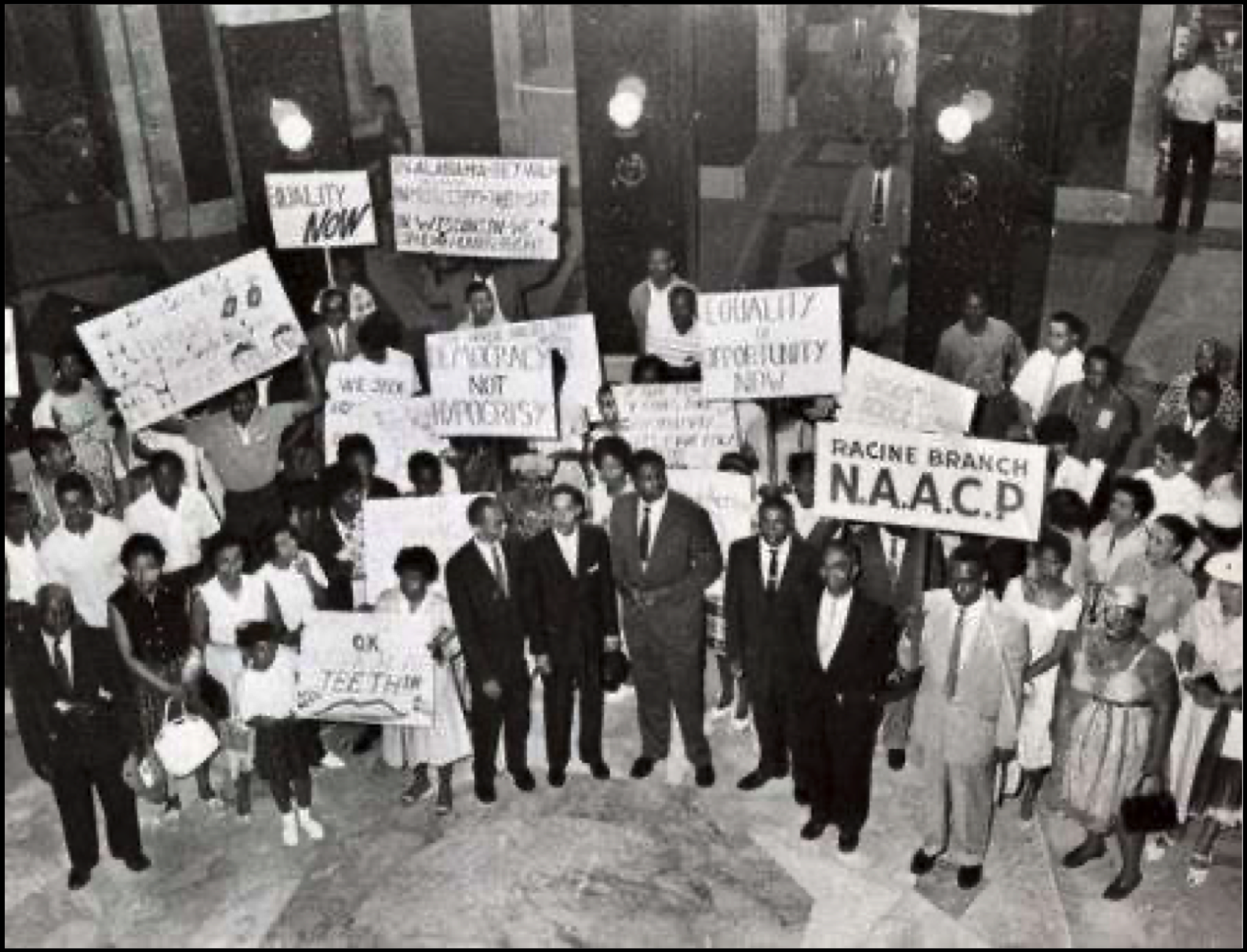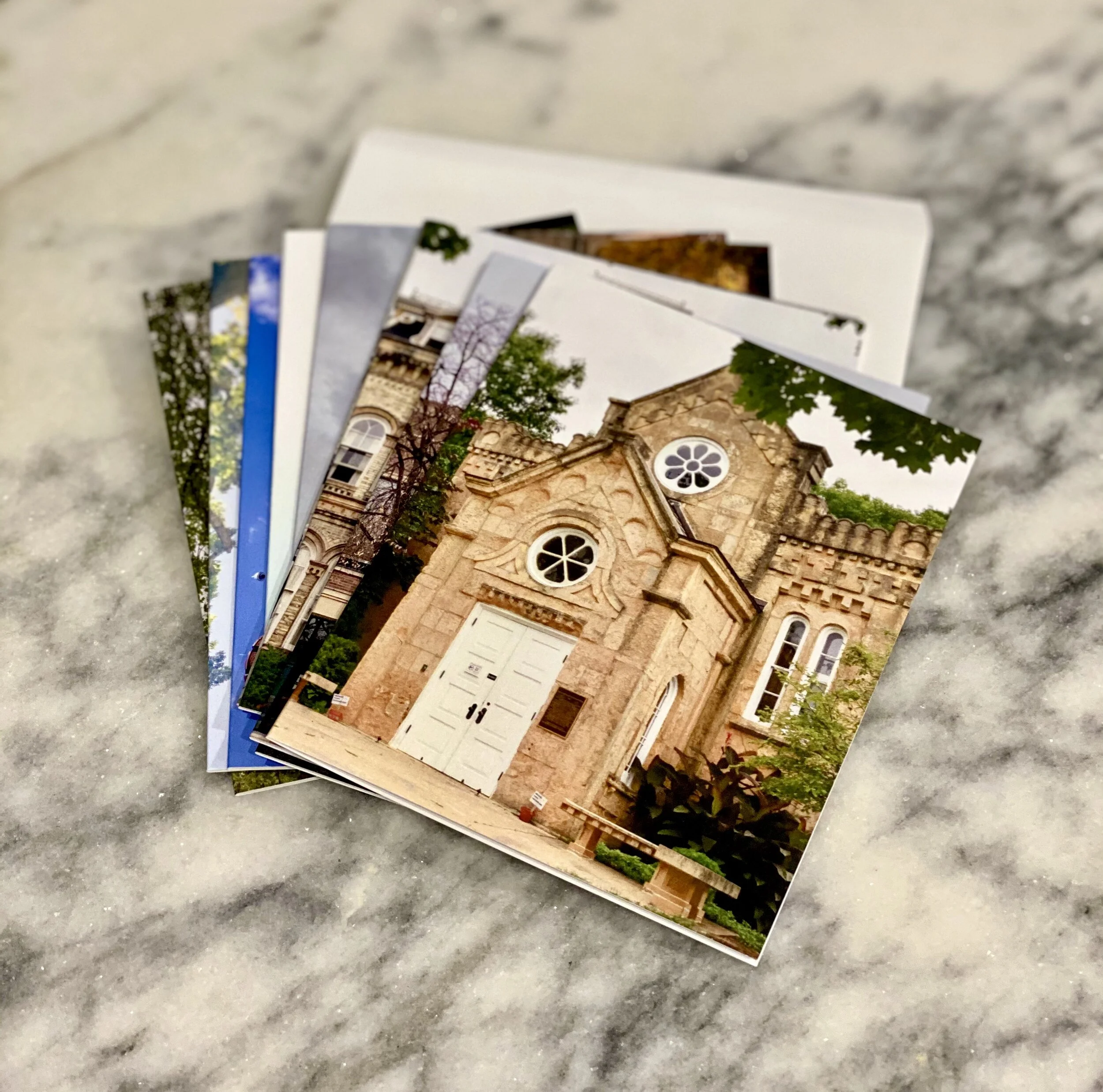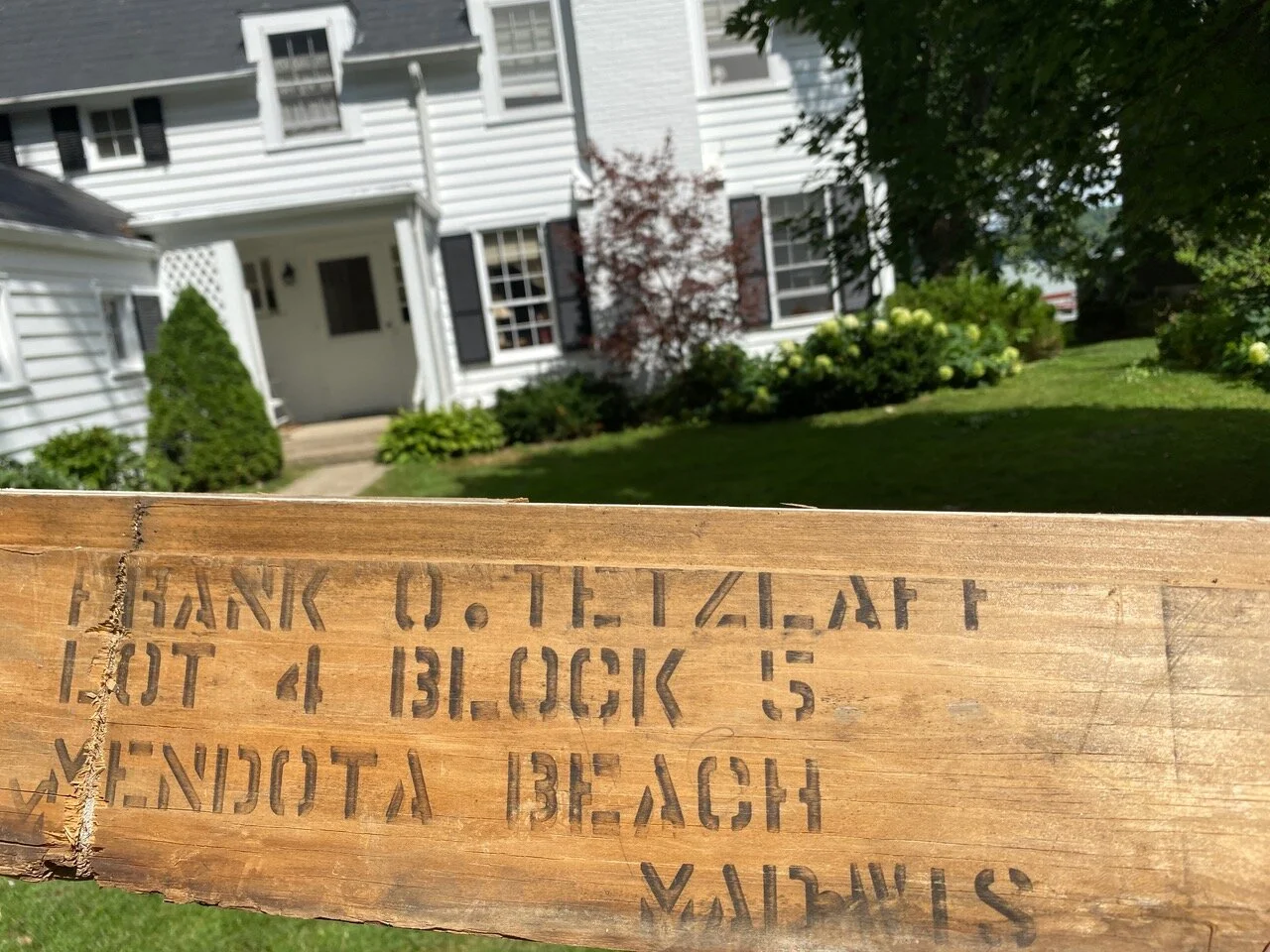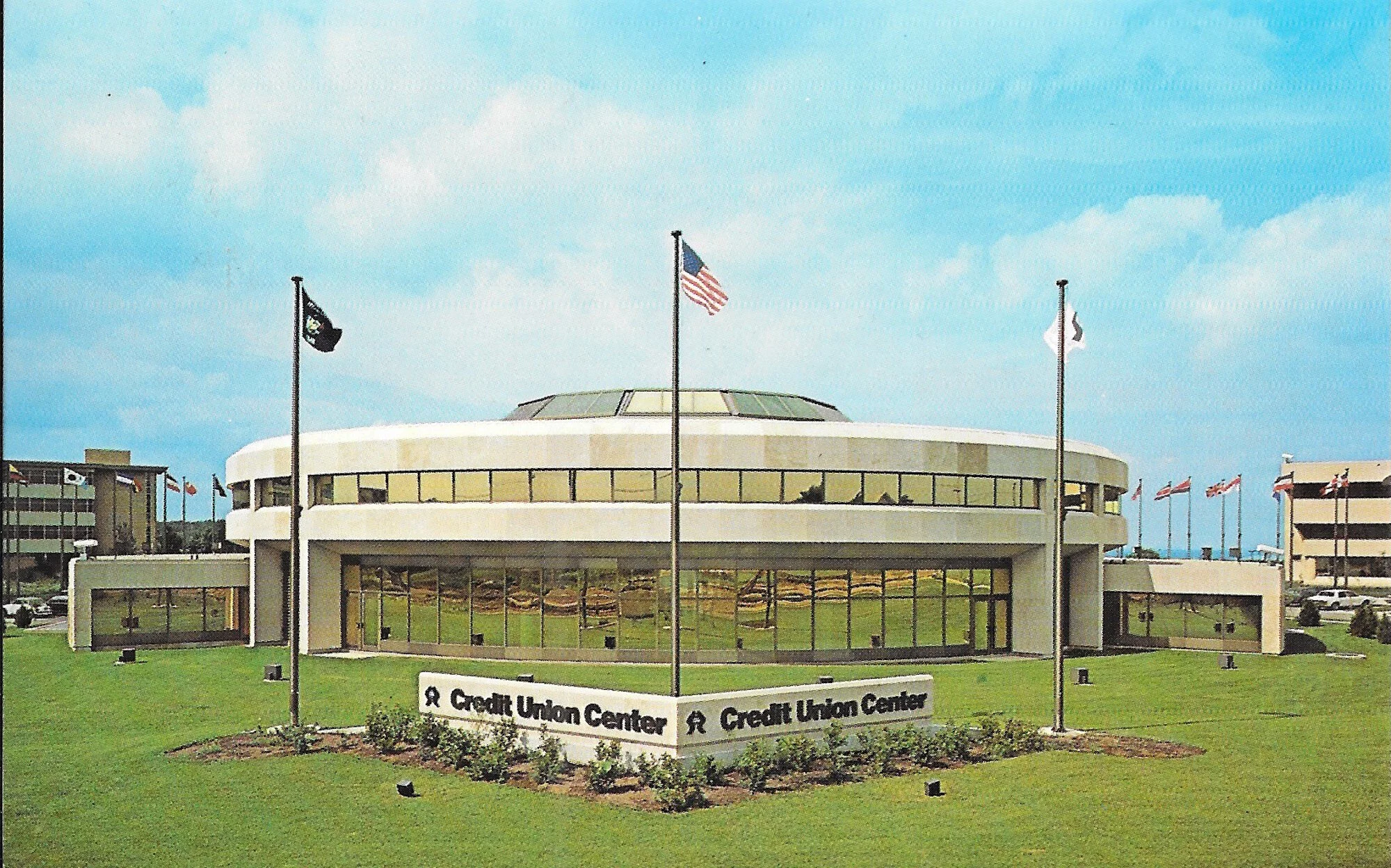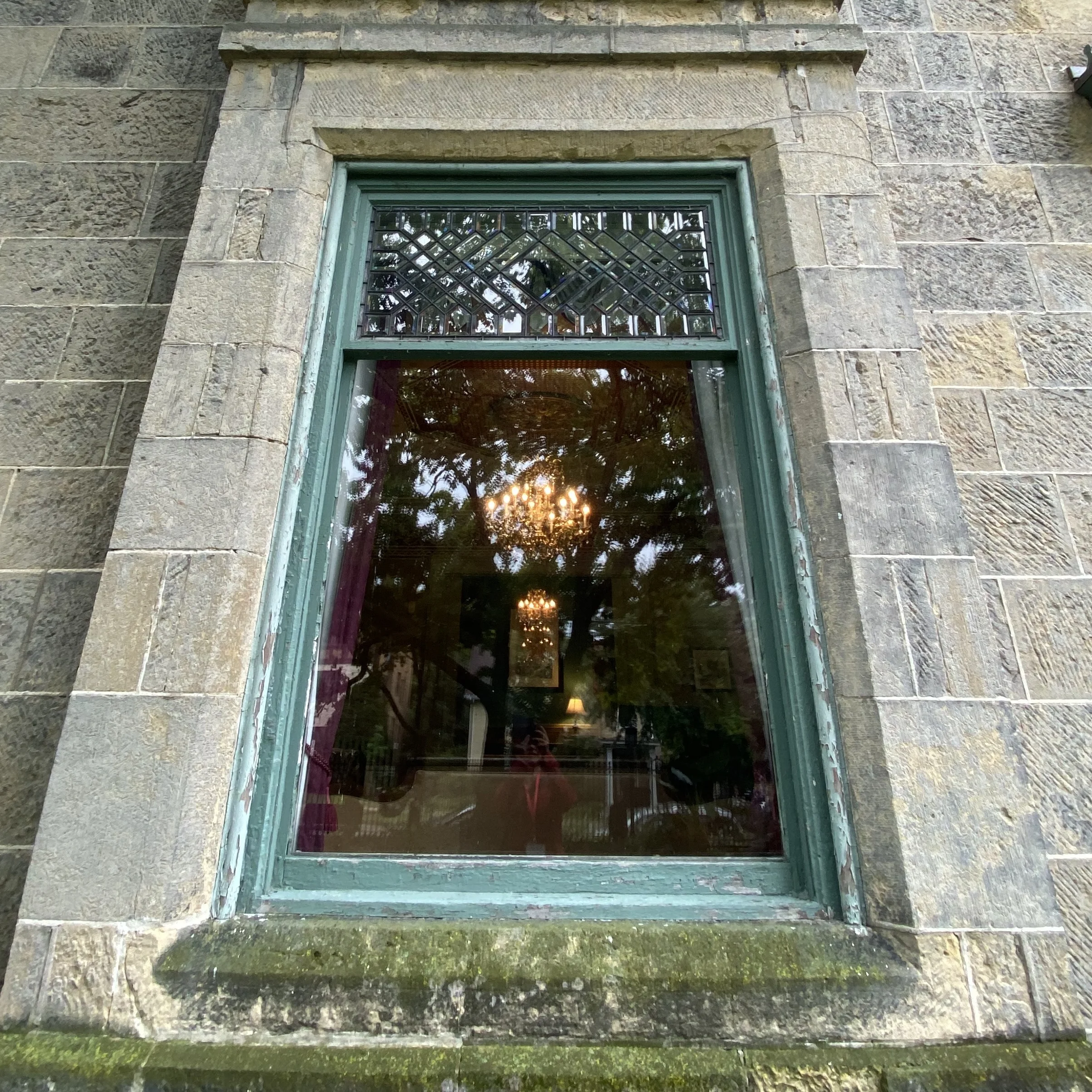A few months ago, I came across a photograph I took in 1985 of the partially demolished Manchester’s building on the Capitol Square. The department store, long a premiere shopping destination, had closed not too long before I moved here. Still, I was sorry to see it go. The forgotten photo prompted me to look at what has stood on this corner over the last 200 years and what I might learn about Madison.
Read MoreThis February, like every February, is Black History Month in the United States, and the Madison Trust’s Community Education Committee is using the occasion to spread the word about activities and programs that honor the contributions of Black Madisonians to our shared history. Just as important, we want to draw attention to the many Black-led organizations that are doing great work in our area. (Image: NAACP Protest in the Capitol Rotunda in 1961. Photo from the Underrepresented Communities Historic Resources Survey courtesy of the Wisconsin Historical Society. WHS# 84375.)
Read MoreThe Dairy Barn on the University of Wisconsin-Madison campus, the La Follette house in Maple Bluff, and the State Capitol in Madison share an important distinction. Each is a National Historic Landmark (NHL). Read our January blog to learn more about the NHL places in Dane County.
Read MoreMany traditions may have been interrupted this year. Nonetheless, holiday gifts are still in order, especially when they can be purchased conveniently and at a distance. At the Madison Trust we believe that a gift of history and preservation is always in season!
Read MoreBlind windows (to use the most common term) have been used as architectural features for hundreds of years. They are treated like other windows, usually with a lintel and sill, but are then filled with masonry, wood, or other materials so that neither light nor air can penetrate. Read more about this common feature.
Read MoreA few weeks ago, a friend asked if I’d be interested in a piece of an old windowsill, she’d just removed from her house on Lake Mendota Drive. Stenciled on the bottom was an inadvertent time capsule: “Frank O. Tetzlaff, Lot 4, Block 5, Mendota Beach, Madi WIS.” If you want this, come get it. Otherwise it’s going in the wood pile.”
Read MoreIn this month’s blog, we’re introducing the Community Education Committee, a new effort to expand and deepen how the Madison Trust engages with our neighbors in the Madison area. As part of the new committee’s rollout, we’ll be conducting an online survey during the month of September to gather feedback from the local historic preservation community about what activities and topics the committee they would like us to pursue.
Read MoreThe State Office Building at 1 W. Wilson St.—conceived when Art Deco design was widely popular for commercial, institutional and government buildings—took nearly thirty years to complete. From the opening of the first section in 1931 to its completion in 1959, the building retained remarkable design integrity in spite of changing tastes during the long span of its construction.
Read MoreMid-Century Modern design has been hot for more than a decade. Though some chronologies show the movement emerging in the 1930s, its greatest influence was felt from the end of World War II in 1945 until about 1970, a period when many modern trends in architecture, furniture and décor blew across America from the West Coast. Among them was the breeze block.
Read MoreOur June blog post is an excerpt from a chapter in John Hanou's proposed book, A Round Wisconsin, Round Barns in the Badger State. "I chose this excerpt for this blog, because it portrays some unique Madison, Wisconsin history and new findings from Professor Franklin H. King that up until now, few have known about."
Read MoreGermans played an important role in Madison’s early history. Some of their stories are highlighted in this post. Read more about the Ott family, the Turnverein and the Fauerbach Brewery.
Read MoreA little more than 100 years ago a visitor to the Capitol building could exit the west wing, descend the stairs toward State Street and, before crossing the street, check weather conditions at a kiosk positioned at the western corner of the square. Read on to learn more about the kiosks.
Read MoreLast November I read that CUNA Mutual planned to demolish their distinctive circular building and erect a new structure in its place. When I moved here in 1982, the round building was already a landmark (in the unofficial sense) on Madison’s west side. My curiosity was piqued. I didn’t know much about this particular building or the history of CUNA Mutual in Madison.
Read MoreThree properties in Madison were added to the National or State Register of Historic Places in 2019. Historic districts in two nearby communities were new to the lists as well. Learn more about these special places!
Read MoreEmily Balsley is an illustrator who lives in Madison and enjoys a challenge. In 2017, she accepted a challenge to draw 100 houses in 100 days. See 65 of the illustrations at Madison’s Central Library through January 2020!
Read MoreCatalogs arrive daily. Email inboxes are filled to the brim with sales galore. Magazines, newspapers and websites highlight holiday gift lists. When you’re thinking of gifts for friends and loved ones, don’t forget history and preservation!
Read MoreEmily Wallrath Schmidt, of the Chicago Bungalow Association, presented on the challenges and opportunities one might have when repairing historic wood windows. She spoke at the Wisconsin Historical Society’s annual local historic and historic preservation conference in late October. The Chicago Bungalow Association has a long record of helping homeowners repair and restore windows on vintage homes.
Read MoreWaukesha County wants out from any regulation by the City of Waukesha’s landmarks ordinance. And State Representative Scott Allen now seeks to exempt all of Wisconsin’s counties from every city’s landmark ordinance.
Read MoreGeorge Delaplaine was not the first occupant of what we now call the Old Governor’s Mansion. That was Julius T. White, a prominent businessman. Nor was Delaplaine the most famous resident. That would either be Robert M. La Follette or Ole Bull. Nevertheless, George Delaplaine is a person of interest when talking about the history of the Old Governor’s Mansion.
Read MoreAs a water pumping station transformed into apartments, Madison’s Nichols Station is a fine example of adaptive reuse—giving new life to a building that has outlived its original purpose.
Read More

